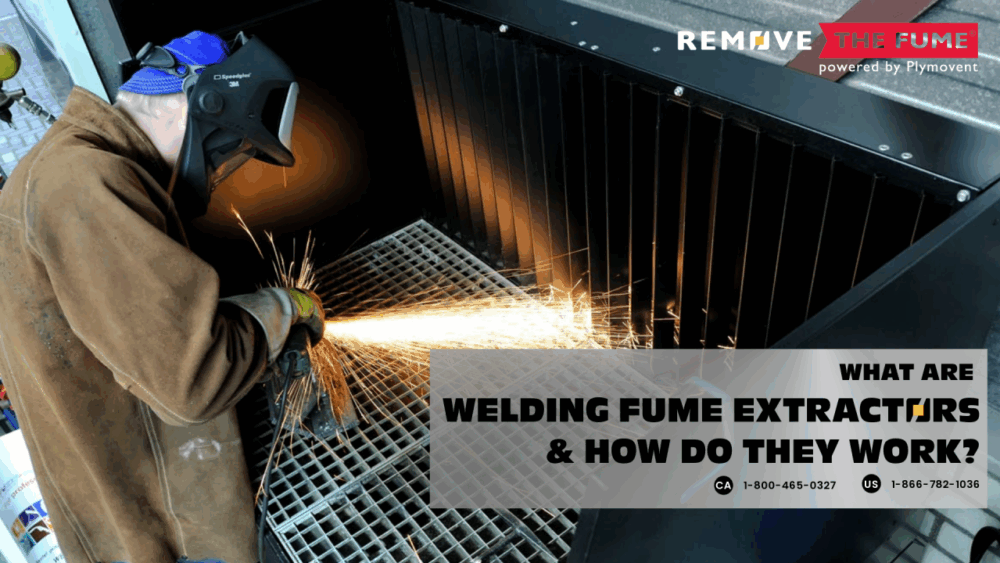Welding, a cornerstone process of many industries, generates harmful fumes and particles that can pose significant health risks to workers, like respiratory issues ranging from short-term discomfort to long-term illnesses. To mitigate these dangers, welding fume extractors have become indispensable tools in modern workplaces.
Understanding Welding Fumes
Before delving into the technology of fume extraction, it’s essential to comprehend the nature of welding fumes. These are a complex mixture of gases, fumes, and vapor particles produced when metals are heated to their melting point. The composition of these fumes varies based on the metal being welded, the welding process, and the filler materials used. Components such as metal oxides, nitrogen oxides, ozone, and particulate matter can be present, many of which are hazardous to human health.
The Role of Welding Fume Extractors
Welding fume extractors are ventilation systems designed to capture and remove harmful fumes and particles generated during welding operations. They operate on the principle of negative pressure, drawing contaminated air away from the welder’s breathing zone and into a filtration system.
Key Components of Fume Extractors
A typical fume extractor consists of several key components:
- Hood: The hood is positioned near the welding arc to capture fumes at their source. Its design is crucial for effective fume capture.
- Fan: The fan creates a negative pressure within the system, pulling air through the hood and into the filtration unit.
- Ducting: The ductwork connects the hood to the filtration unit, ensuring efficient fume transportation.
- Filtration system: This component removes harmful particles from the contaminated air. Filters can be disposable or reusable, depending on the system.
- Clean air outlet: The filtered air is typically exhausted outdoors or recirculated into the workspace after passing through additional filters.
Plymovent and its Welding Fume Extractors
This is where Plymovent comes in. With almost 50 years of expertise, Plymovent offers a wide range of fume extractors along with custom solutions for all your needs. Our fume extractors come in various designs and sizes to suit different welding applications and workspace configurations. Some common types include:
- Mobile fume extractors: These mobile units are designed to remove welding fumes on-site in confined spaces and spaces that are difficult to reach by fixed welding fume extraction systems. Each mobile unit has four wheels of which two swivel casters, to facilitate easy movement.
- Stationary fume extractors: These are large-scale systems for extensive welding operations, often connected to a central filtration unit.
- Work Bench fume extractors: These workbenches are designed with a perforated work surface that allows welding fumes and dust to be efficiently extracted downwards, away from the welder’s breathing zone.
- Extraction Arms: Extraction arms are one of the most effective ways to remove harmful fumes. From small workshops to large welding areas, we have something for everyone.
- And many more!
Importance of Regular Maintenance
To ensure optimal performance and longevity, welding fume extractors require regular maintenance. This includes cleaning or replacing filters, checking fan operation, and inspecting ductwork for leaks. Proper maintenance is crucial for maintaining the system’s effectiveness in protecting worker health.
By understanding the mechanics of welding fume extractors and their critical role in workplace safety, businesses can make informed decisions about selecting and maintaining these essential systems.





Comments are closed.